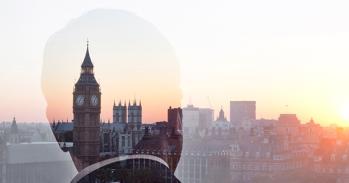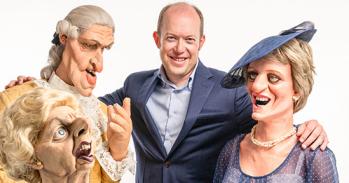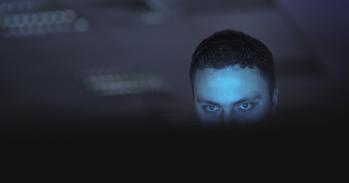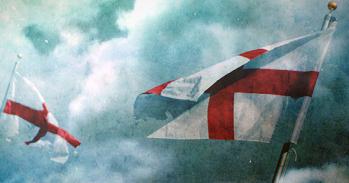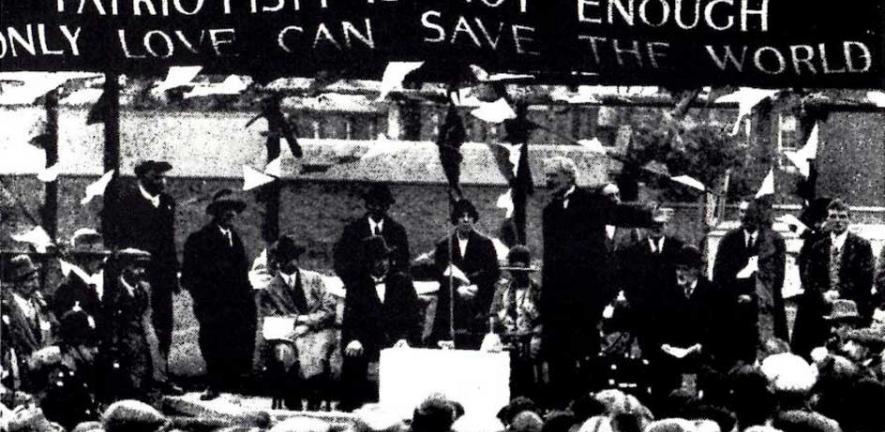
Today (17 November) Douglas Alexander MP will be in Cambridge to launch a book that charts the first 100 years of the city’s Labour Party. Its authors, Ashley Walsh and Richard Johnson, are Cambridge graduates of 2012, born in the Thatcher era but passionate proponents of the Labour cause.
Today (17 November) Douglas Alexander MP will be in Cambridge to launch a book that charts the first 100 years of the city’s Labour Party. Its authors, Ashley Walsh and Richard Johnson, are Cambridge graduates of 2012, born in the Thatcher era but passionate proponents of the Labour cause.
Never have I known such a party.
Hugh Dalton, Labour Chancellor of the Exchequer (1945-1947)
On a chilly March day in 1912 a group of a dozen people sat down in the White Ribbon restaurant on Cambridge’s East Road to form the city’s Labour Party. The meeting followed the party’s first foray into local politics the year before, when a Labour candidate, railwayman Tom Orrey, had contested a ward in local elections - and lost to the Liberals. After appointing the Party’s main officials, the group recorded their intention to build a Party headquarters, an ambition they fulfilled 16 years later, having constructed a meeting hall with their own hands at evenings and weekends. The Romsey Labour Club still stands on Mill Road.
This summer Ashley Walsh and Richard Johnson, both of whom graduated from Cambridge University in June, embarked on mission that took them deep into the archives of the University Library, Cambridgeshire County Council and Cambridge Central Library. As stalwart Labour supporters, they were invited to write a book charting the first 100 years of Cambridge Labour Party, paying particular attention to the remarkable diversity of the party which led Hugh Dalton, Labour Chancellor of the Exchequer (1945-1947) to say of it: "Never have I known such a party."
The outcome of many hundred hours of close reading of minute-books, newspapers and other documents, their book Camaraderie: 100 Years of Cambridge Labour Party will be launched at an event at the Guildhall today. Speakers will include Douglas Alexander MP, Shadow Foreign Secretary, and Frank Dobson MP.
At the turn of the 20th century, Cambridge was in many ways a place of sharp social, educational and economic divides. The dons and students lived in the Colleges and in the leafy avenues around the town centre, while those who worked for the Colleges in a service capacity lived in narrow streets of terraced houses that were in some places little better than slums. The city had a large population of railway workers who lived in the area close to the station known as Romsey – and sometimes as Red Romsey or Little Moscow – which has a long tradition of radical politics.
The birth of the Labour Party in Cambridge brought together left-leaning elements of these disparate groups as dons and students, railway workers and labourers, peace-campaigners and feminists united to fight for the New Jerusalem. As the Party found its feet and swelled its ranks, it began to attract eminent speakers and supporters from Cambridge and beyond. The politicians and activists who came to lend their weight to the cause included the social reformers Beatrice and Sydney Webb and the first-ever British Labour prime minister, Ramsay MacDonald.
In the early days Labour activists faced considerable antagonism from more traditionalist quarters. To outwit opponents who were intent on disrupting their meetings, Labour party members resorted to subterfuge. When Keir Hardie, first British Labour MP, came to speak at the Guildhall in 1906, a group of Cambridge student supporters disguised one of their number as Hardie and diverted the protestors. Some 20 years later, when the suffragists Leah Manning and Susan Lawrence visited Chivers’ jam factory in Histon to campaign for equal pay for its many women workers, Lawrence arrived dressed as a factory manager, complete with spectacles and moustache.
Manning was just one of many women closely involved in the evolution of Cambridge’s Labour movement. Clara Rackham was first elected as Labour councillor for West Chesterton in north Cambridge in 1919 and later represented Romsey. During the General Strike of 1926, Rackham’s house on Park Parade became the venue for meetings between local feminists. Male students were sent out under cover of darkness to deliver copies of the pamphlet Strike Bulletin, the official organ of the 40 Hours Movement, a group pressing for reasonable working hours.
Also in the 1920s, Manning led a campaign for bedders (the women who cleaned students’ rooms) to receive equal wages as their male counterparts working for the Colleges. Notions of equal pay were seen an affront by many men, including the working class, and feminists were branded as troublemakers, but Manning and her fellow reformers eventually won their case. An extraordinarily principled activist, Manning went on to rescue hundreds of orphans from the ravages of the Spanish Civil War and re-housed them with Cambridge families.
Christian socialism and pacifism are strands that run through the entirety of the Labour Party in Cambridge, which has long connections with dissenting groups (Christians who had separated from the Church of England) and with radical ideologies.
Both affiliations caused tensions and controversy within the party as strong-minded individuals struggled to find a consensus. In 1965 Cambridge mayor, Jack Warren, a solid Labour man, caused a stir by asserting his agnosticism and defying traditions – including the saying of prayers in council meetings. Earlier the rise of fascism in Europe had caused a crisis in the consciences of those who were anti-war with some young Labour supporters changing their views. Local councillor Alex Wood, however, remained resolutely committed to pacifism and in 1942, realising the political difficulties this created, offered his resignation as parliamentary candidate.
In 1992, Cambridge elected its third Labour, and first female Labour, MP – Anne Campbell, who served as MP until 2005 and has contributed to the introduction of many policies including Working Family Tax Credits. She followed in the footsteps of earlier MPs Leslie Symonds (1945-1950) and Robert Davies (1966-67).
Other significant figures within the Party include Albert Stubbs, a printer who won the Cambridgeshire constituency by just 44 votes in 1945 after going from village to village on a motorbike to recruit rural workers into trade unions.
Most colourful of all was Paddy Reilly, an Irish-born painter and hospital porter, known as a left-wing firebrand. As a councillor in the 1950s and 1960s, he provoked controversy and, in some conservative quarters, outrage for his actions - such as refusing to wear robes in the Council Chamber, playing football on city fields during Sunday closures, and threatening to paint pedestrian crossings on roads when he considered that the council was not acting fast enough.
Today's Cambridge Labour Party is based in Alex Wood Hall in Norfolk Street, a building that celebrates the contribution made to the Party by Alex Wood, who was a physicist and member of Emmanuel College. The Party continues to draw membership from both town and gown.
Ashley Walsh is a graduate researcher in History at Cambridge and Richard Johnson is now taking an MPhil in Politics and International Relations at Oxford. To purchase a copy of Camaraderie go to: www.cambridgelabour.org.uk.
This work is licensed under a Creative Commons Licence. If you use this content on your site please link back to this page.


